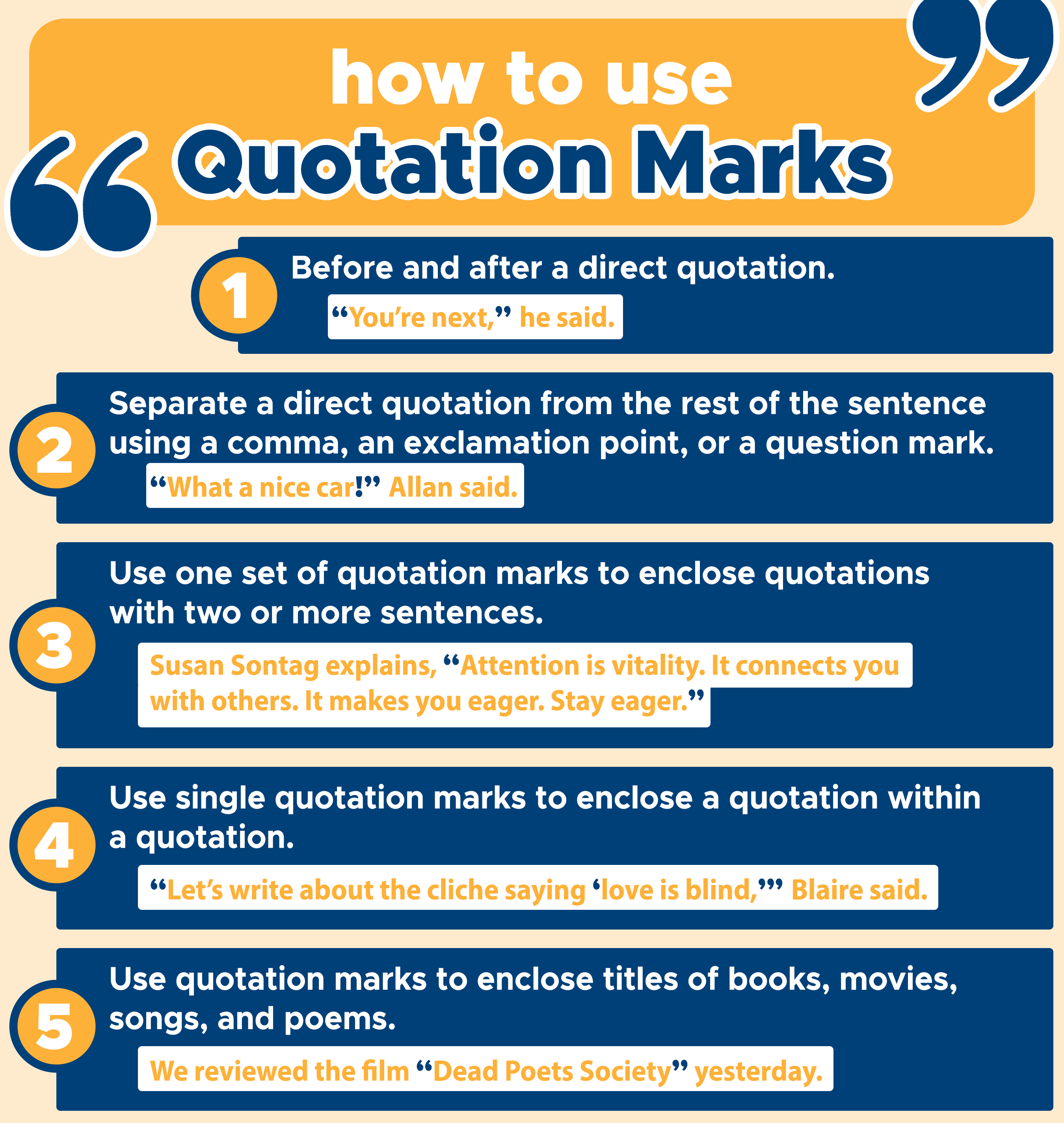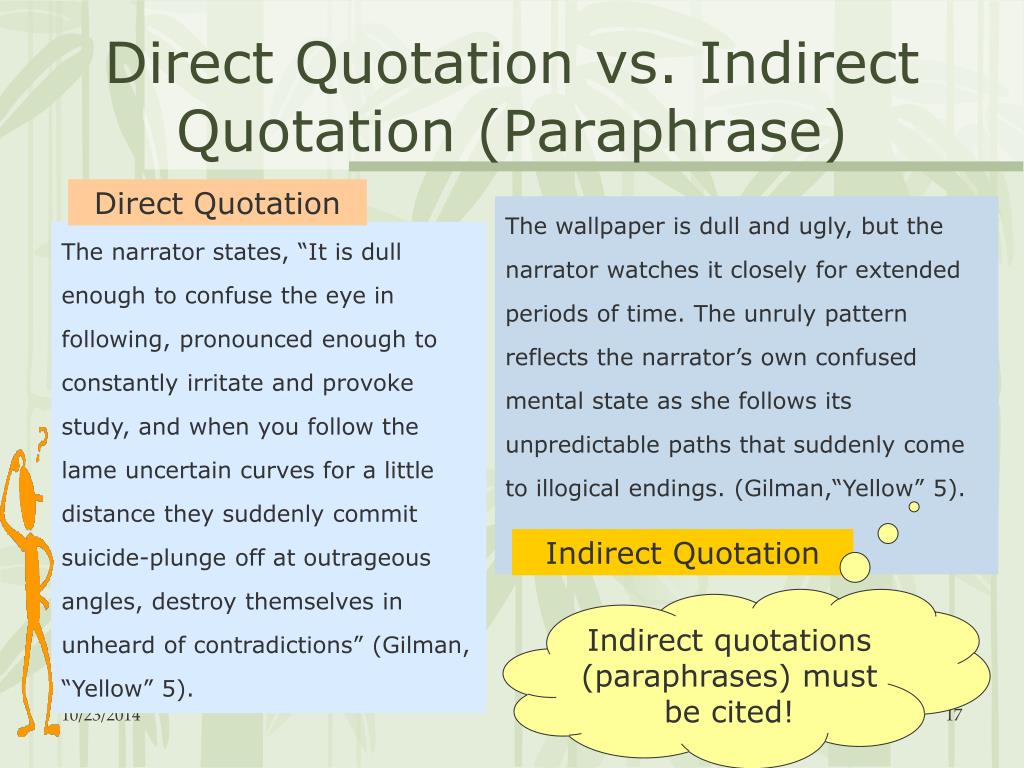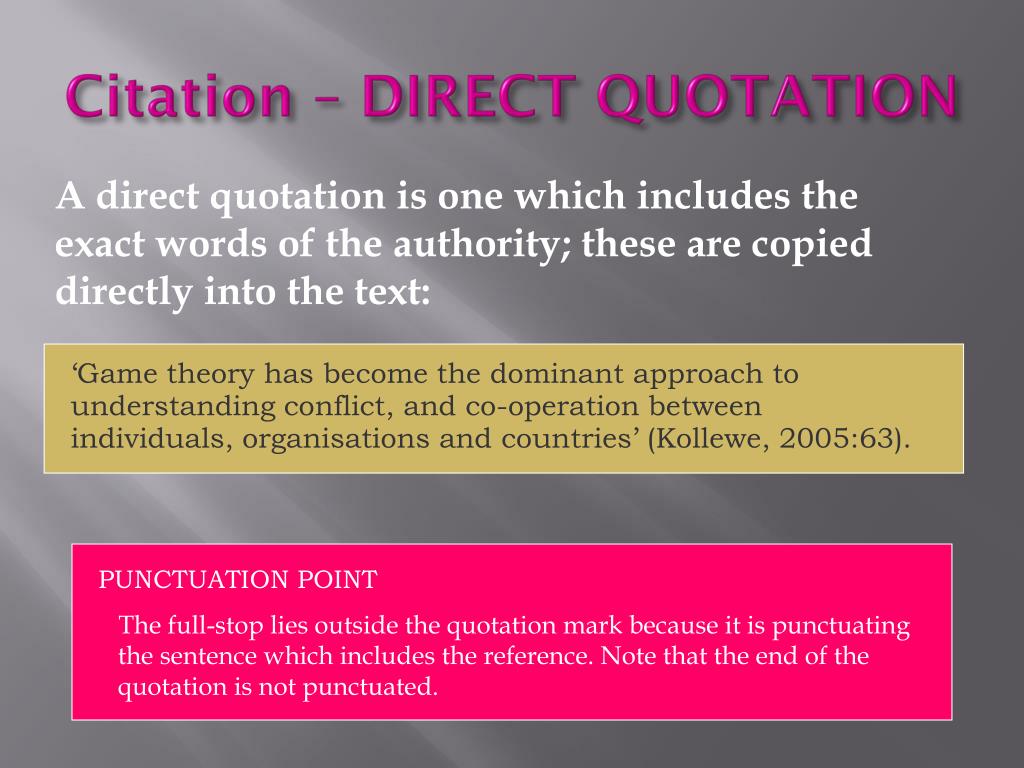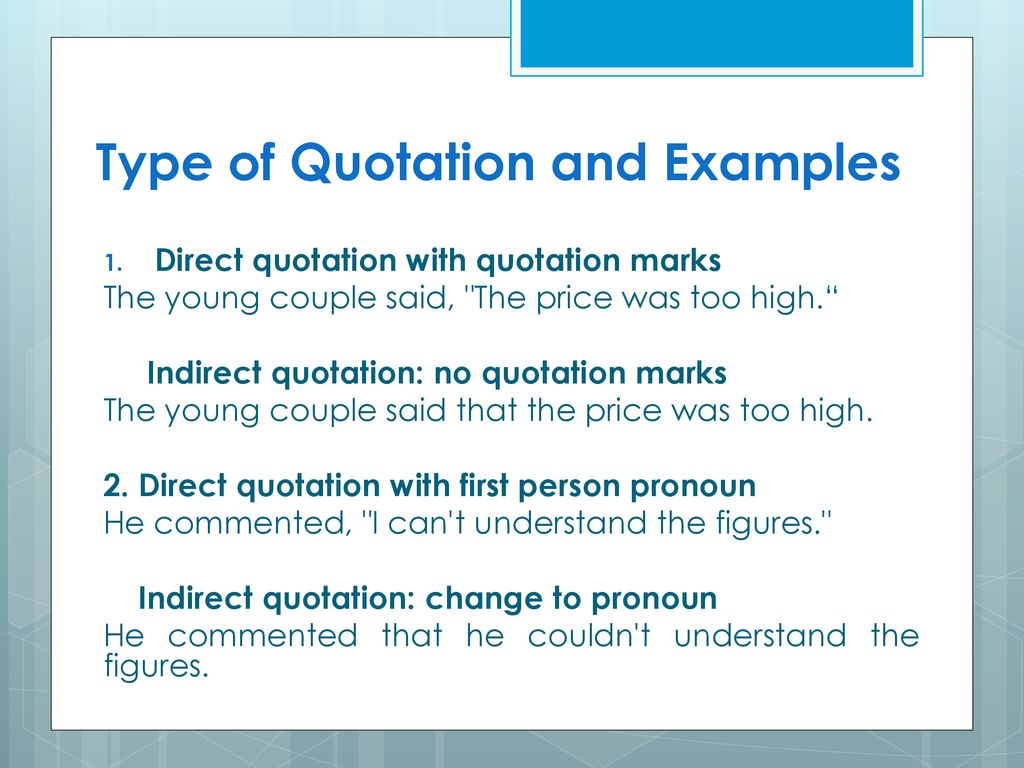Which Of The Following Contains A Direct Quotation
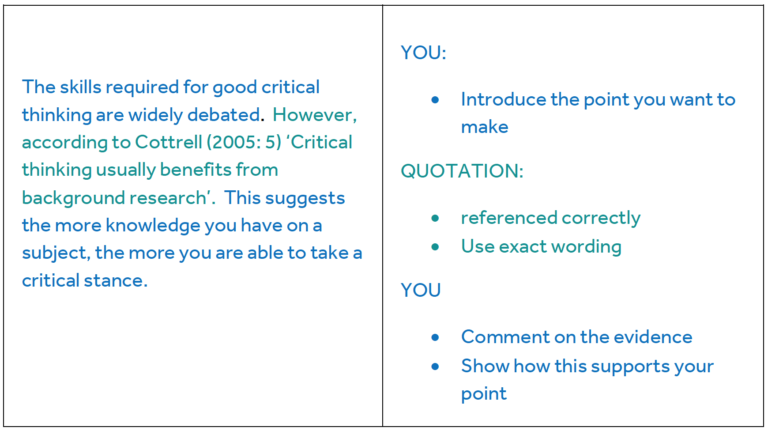
The internet buzzed with debate this week over a seemingly simple question: Which of the following contains a direct quotation? The query, often presented as a multiple-choice question, has sparked widespread discussion on social media platforms and online forums, highlighting the nuances of language and the importance of accurate attribution.
This seemingly trivial debate underscores a larger issue: the pervasiveness of misinformation and the need for critical thinking skills in the digital age. Discerning between paraphrased information and direct quotations is crucial for understanding context, verifying facts, and preventing the spread of inaccurate claims.
The question, appearing in various forms, generally presents several options, only one of which adheres to the strict definition of a direct quotation. A direct quotation, by definition, reproduces the exact words spoken or written by someone else and is typically enclosed in quotation marks.
The subtle differences between the options often involve slight alterations in wording, which can significantly change the meaning or impact of the original statement. This has led to considerable debate and confusion, particularly among those unfamiliar with the conventions of journalistic and academic writing.
The proliferation of this question coincides with increasing concerns about the spread of "fake news" and the manipulation of information online. The ability to identify direct quotations is a fundamental skill in media literacy, enabling individuals to assess the credibility of sources and interpret information critically.
Understanding Direct Quotations
A direct quotation is the verbatim reproduction of someone's words. It must be enclosed in quotation marks to indicate that the text is not the writer's own.
Attribution is also crucial; the source of the quotation must be clearly identified. Failing to do so can lead to plagiarism or misrepresentation.
Paraphrasing, on the other hand, involves restating someone else's ideas in your own words. While paraphrasing still requires attribution, it does not necessitate the use of quotation marks.
The Importance of Context
The significance of a direct quotation often lies in its context. The surrounding text provides crucial information about the speaker, the situation, and the intended meaning of the words.
Without proper context, a quotation can be easily misinterpreted or taken out of context to support a particular agenda. This highlights the importance of considering the source, the audience, and the overall purpose of the communication.
In journalism, accurate use of direct quotations is essential for maintaining objectivity and providing readers with a clear understanding of the facts. Misquoting someone can have serious consequences, both for the speaker and for the publication.
Examples and Common Pitfalls
Consider the following example: "I believe that education is the key to a brighter future," said Dr. Eleanor Vance, the new superintendent.
This is a clear example of a direct quotation. The exact words spoken by Dr. Vance are enclosed in quotation marks and properly attributed to her.
However, if the sentence were changed to: Dr. Vance stated that she believes education is the key to a brighter future, it would no longer be a direct quotation. It would be a paraphrase.
The Role of Technology
The internet and social media have made it easier than ever to share information, but they have also created new challenges for verifying accuracy. The speed and volume of information circulating online can make it difficult to distinguish between facts and opinions, direct quotations and paraphrases.
Tools and resources are available to help individuals identify the original source of information and verify the accuracy of quotations. Fact-checking websites and online databases can be invaluable resources for researchers and journalists alike.
Ultimately, the responsibility for discerning between direct quotations and paraphrases lies with the individual. Developing critical thinking skills and cultivating a healthy skepticism are essential for navigating the complex information landscape of the 21st century.
The viral debate surrounding the simple question about direct quotations serves as a reminder of the importance of media literacy and the need for careful attention to detail. In an age of misinformation and rapid information sharing, the ability to critically evaluate sources and understand the nuances of language is more crucial than ever. The ability to identify a direct quotation, while seemingly simple, is a gateway to a more informed and discerning understanding of the world around us.


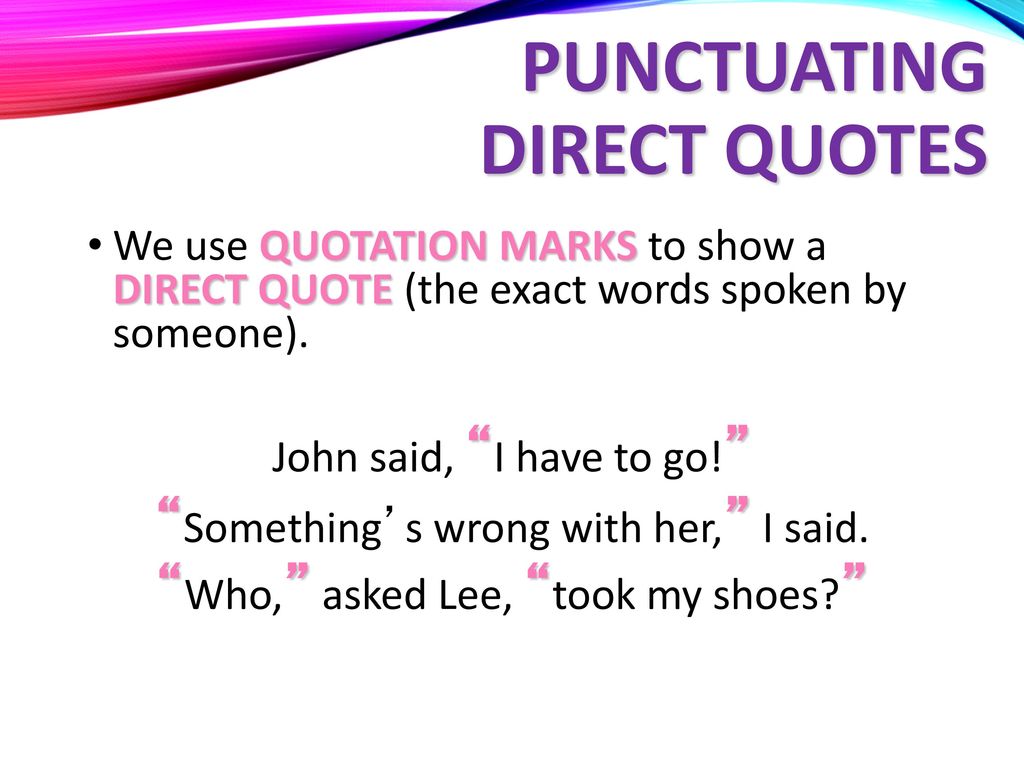

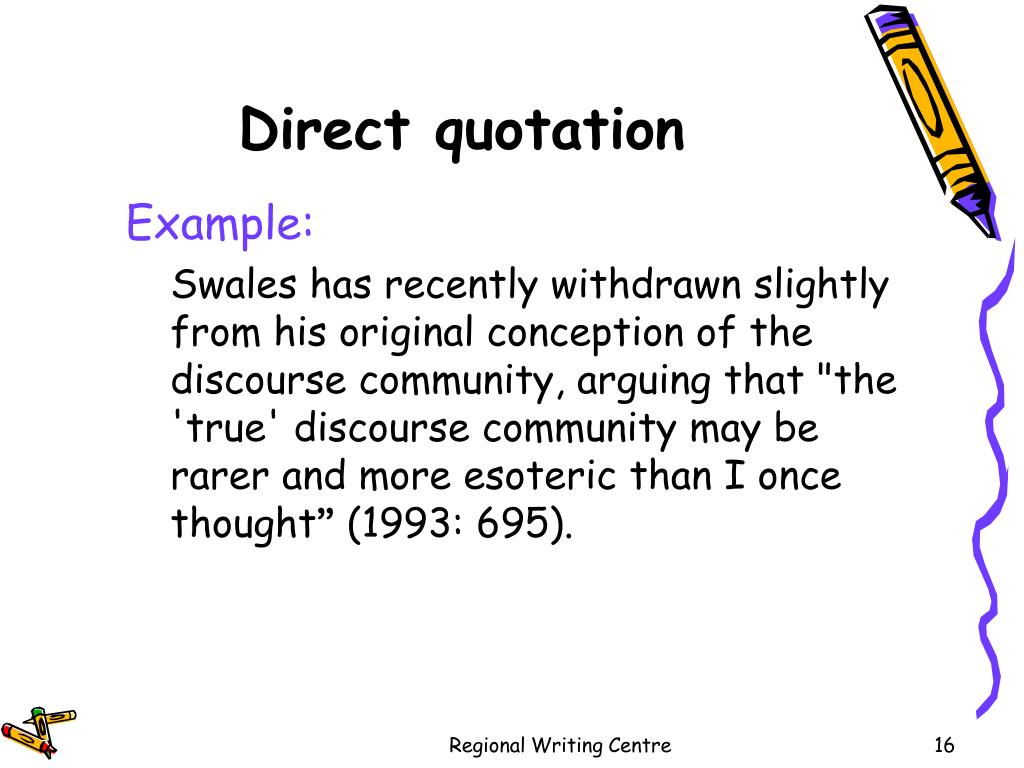

(65).jpg)
